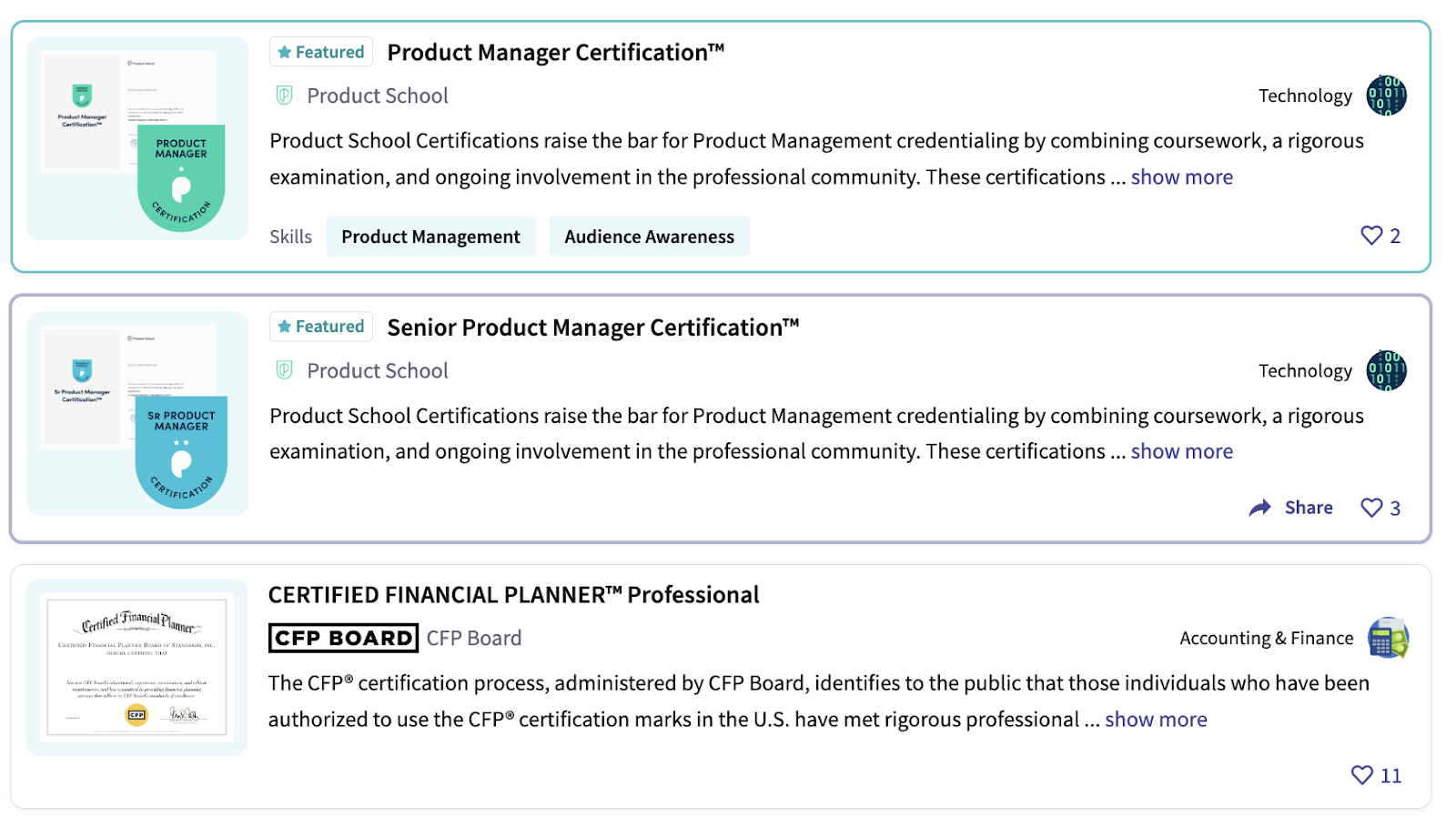Danny King had been programming since he was six years old. He had the interest and ability to be successful in the well regarded Computer Science program at Durham University but didn’t have the grades to get in. Danny tracked down the head of admissions and talked him into giving him a spot by using evidence of his coding prowess. Danny felt lucky but didn’t want to leave opportunity to chance. He began thinking about ways to better communicate capability.
For more than a hundred years, colleges and employers have relied on transcripts–a list of courses and grades–as a primary signal of capability. The faster the world of work changes, the more the transcripts lose signal value and the more we need finer grained and more dynamic ways of communicating capabilities.
Shortly after graduating in 2012 (at the top of his class), King and fellow Durham graduate Alan Heppenstall launched Accredible to build the credentialing infrastructure for the world.
Ten years later, Accredible has issued almost 50 million credentials including digital certificates to signify completion of a learning experience and digital credentials that verify the demonstration of specific skills.
The 1,700 Accredible clients include leading tech firms such as Google, Slack, and Stripe that use credentials to memorialize the professional learning of staff as well as customer training. Leading universities including ASU, Harvard, and Purdue, use Accredible credentials to help students showcase their achievements to the world. The CFP Board uses Accredible to award credentials to financial planners.
The faster the world of work changes, the more the transcripts lose signal value and the more we need finer grained and more dynamic ways of communicating capabilities.
Tom Vander Ark
Learners store credentials in their Accredible wallet and can incorporate them into their LinkedIn profile.
To increase the value of credentials, Accredible launched Spotlight Directory which allows issuers to provide a home base for people that hold their credentials. For example, the Hootsuite Certified Professionals Directory showcases everyone that has earned a Hootsuite credential.
Verifiable Skills
The first step in the Accredible strategy was to build world-class credentialing infrastructure not only to help learners more fully tell their story but to give employers trustworthy evidence to back up skill assertions.
Traditional forms of communicating capabilities are not only limited but often falsified. A 2020 Savoy Stewart Survey found that 63% of job seekers admitted to lying or exaggerating their resume.
Instead of relying on the limitations of transcripts and potential inaccuracies of resumes, digital credentials in a portable record and verified on a distributed ledger offer a more robust and trustworthy signaling system in support of talent transactions. Employers, scholarship organizations, and higher education institutions can quickly and inexpensively verify a record.
The acquisitions of Badgr by Instruction and Credly by Pearson this year illustrate the anticipated value of credentialing infrastructure.
The corporate shift to skills-based hiring and development will be powered by credentialing but is likely to be messy. “Competing skill taxonomies will emerge and different organizations will move to one or the other depending on usage and fit,” said King.
When most learners and workers have a digital learning and employment record (probably in the second half of this decade), employers and education institutions with permission will be able to pull their own tailored extracts of records full of credentials and make outbound offers. Rather than talent searching for opportunity, credentials will enable opportunity to find talent.
Credentials Memorialize Pathways, And Now Build Them
Accredible hosts a market of career enhancement courses at CourseFinder.io. Course cards show start and end dates, pre-requisites, and cost.

There are other course marketplaces but they don’t make learning pathways visible. “Students don’t know the ROI of options,” said King. Accredible launched Recommendations to change that. Based on earned credentials, courses relevant to a learner’s career goal are suggested. In the first month after launch, a large percentage of learners followed recommendations to new courses.
Now that Accredible is making pathways more visible, the next step is to make them more affordable. The company is exploring ways to de-risk course participation with a pay on completion approach.
Employers are looking for more than degrees and transcripts to signal capabilities. Learners are looking for personalized learning pathways connected to opportunity and better ways to communicate their growth. Digital credentials are part of the solution for learners and employers. And, ten years after launch, King and Heppenstall built the credentialing infrastructure for the world.
This post was originally published on Forbes.
This post is part of our New Pathways campaign sponsored by ASA, Stand Together and the Walton Family Foundation.
Stay connected with us on social media platform for instant update click here to join our Twitter, & Facebook
We are now on Telegram. Click here to join our channel (@TechiUpdate) and stay updated with the latest Technology headlines.
For all the latest Education News Click Here
For the latest news and updates, follow us on Google News.
